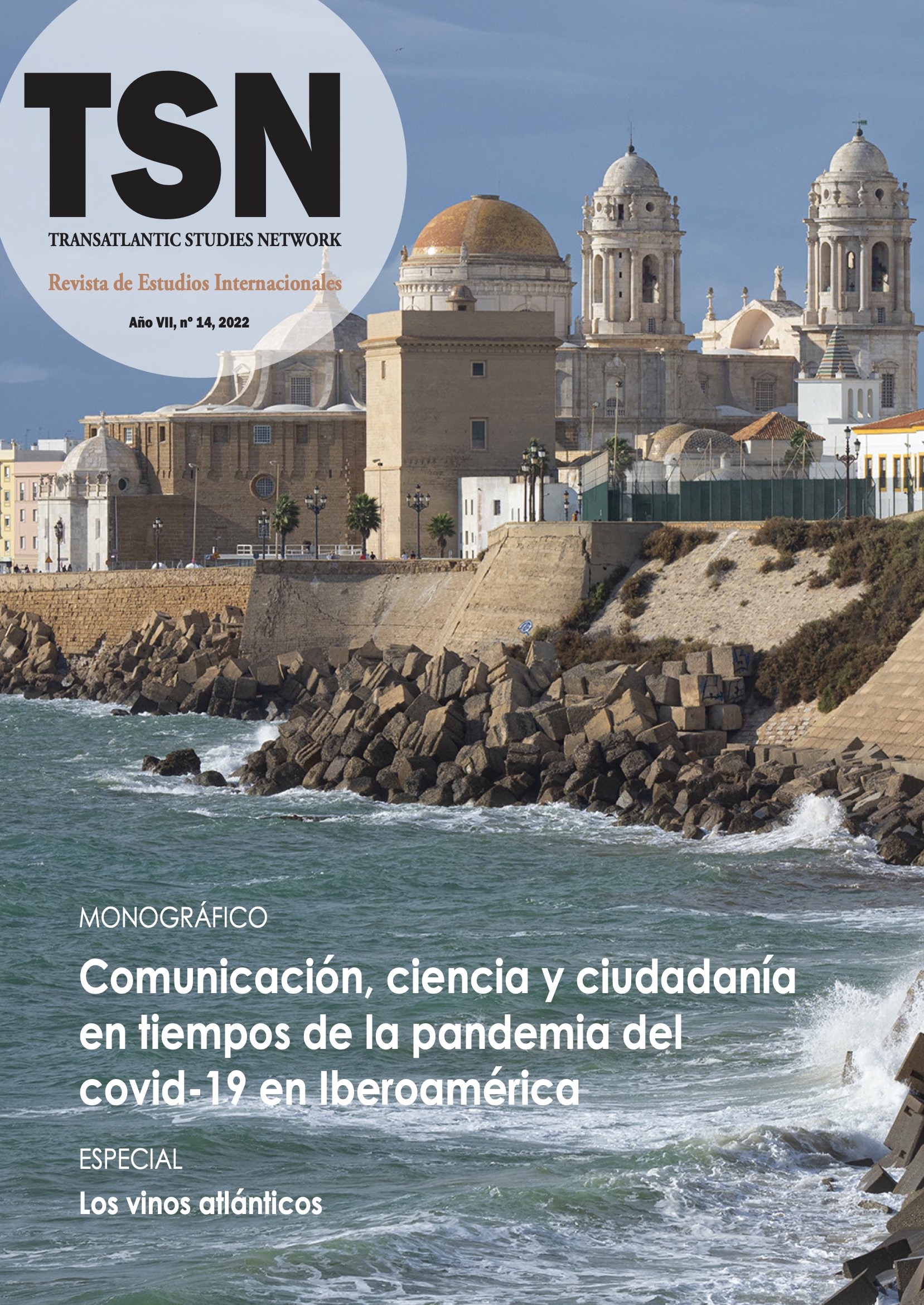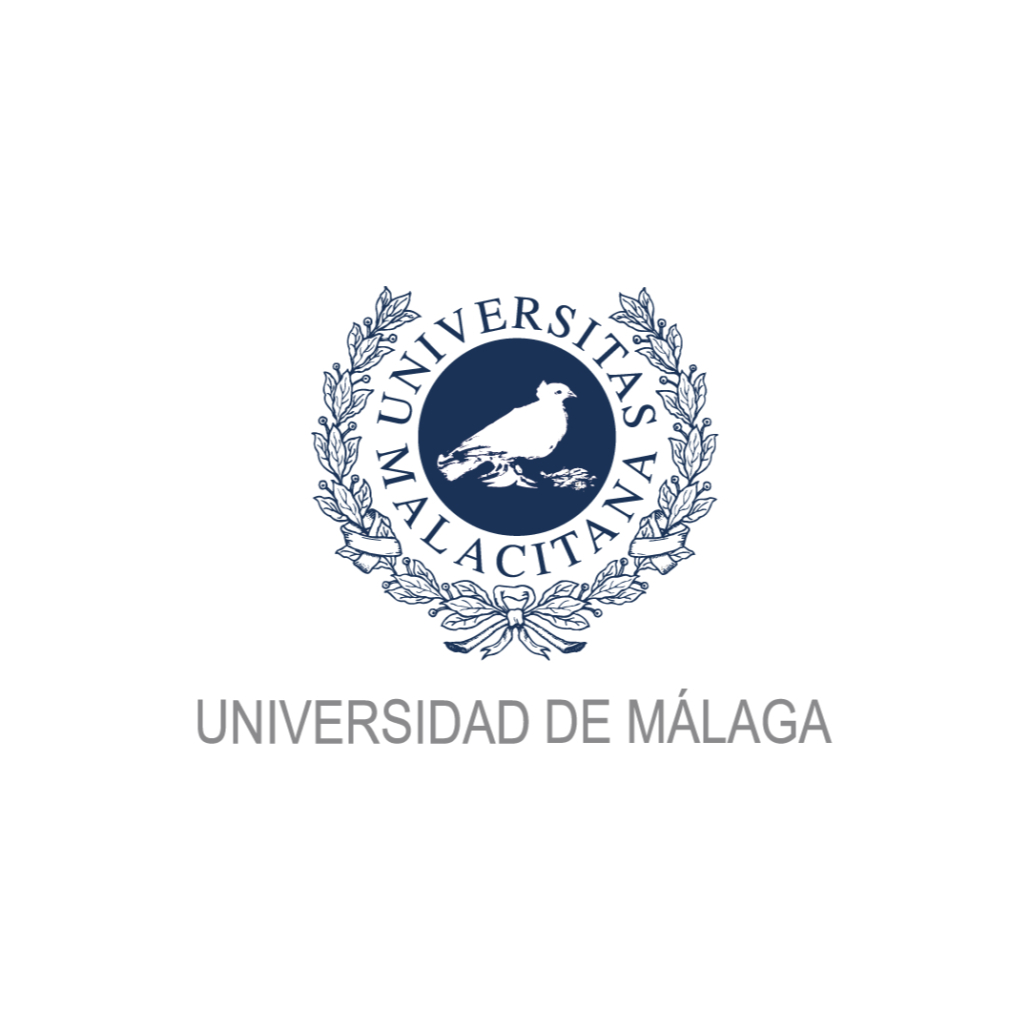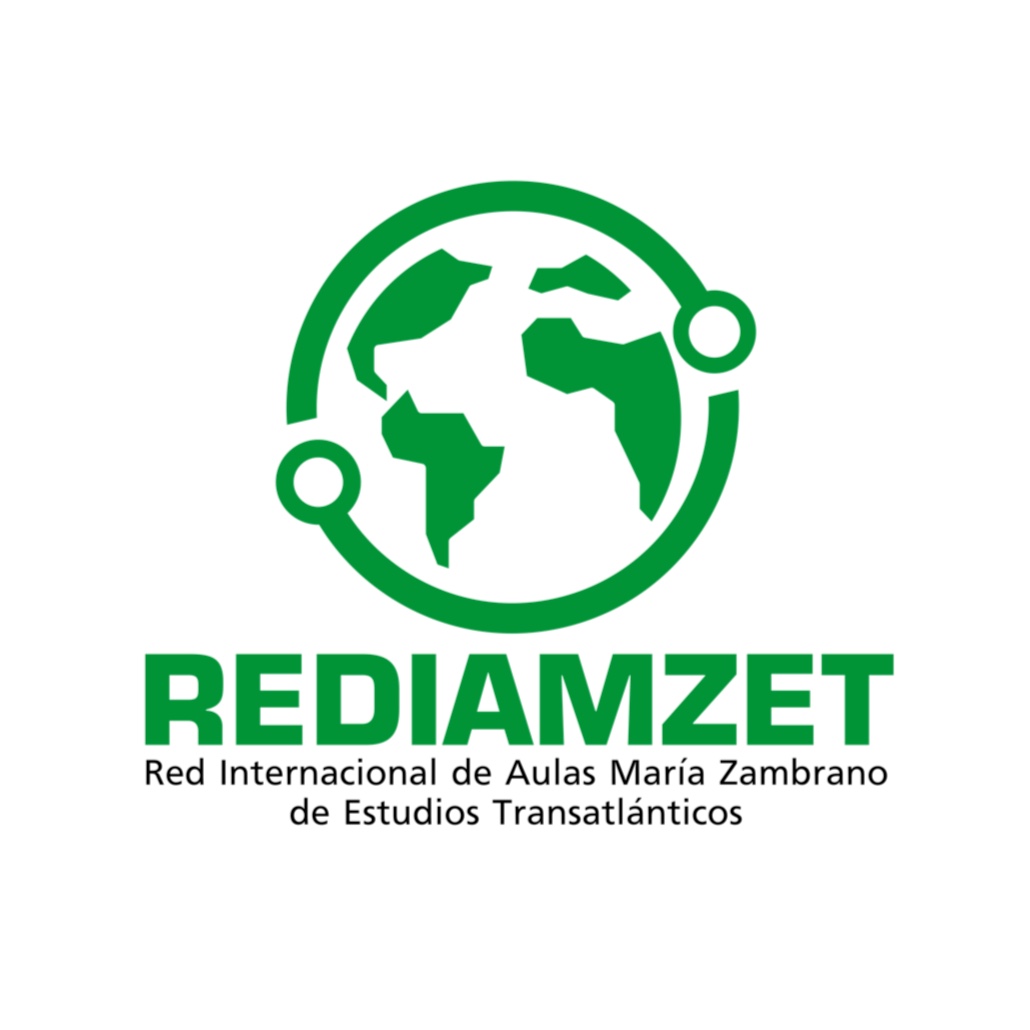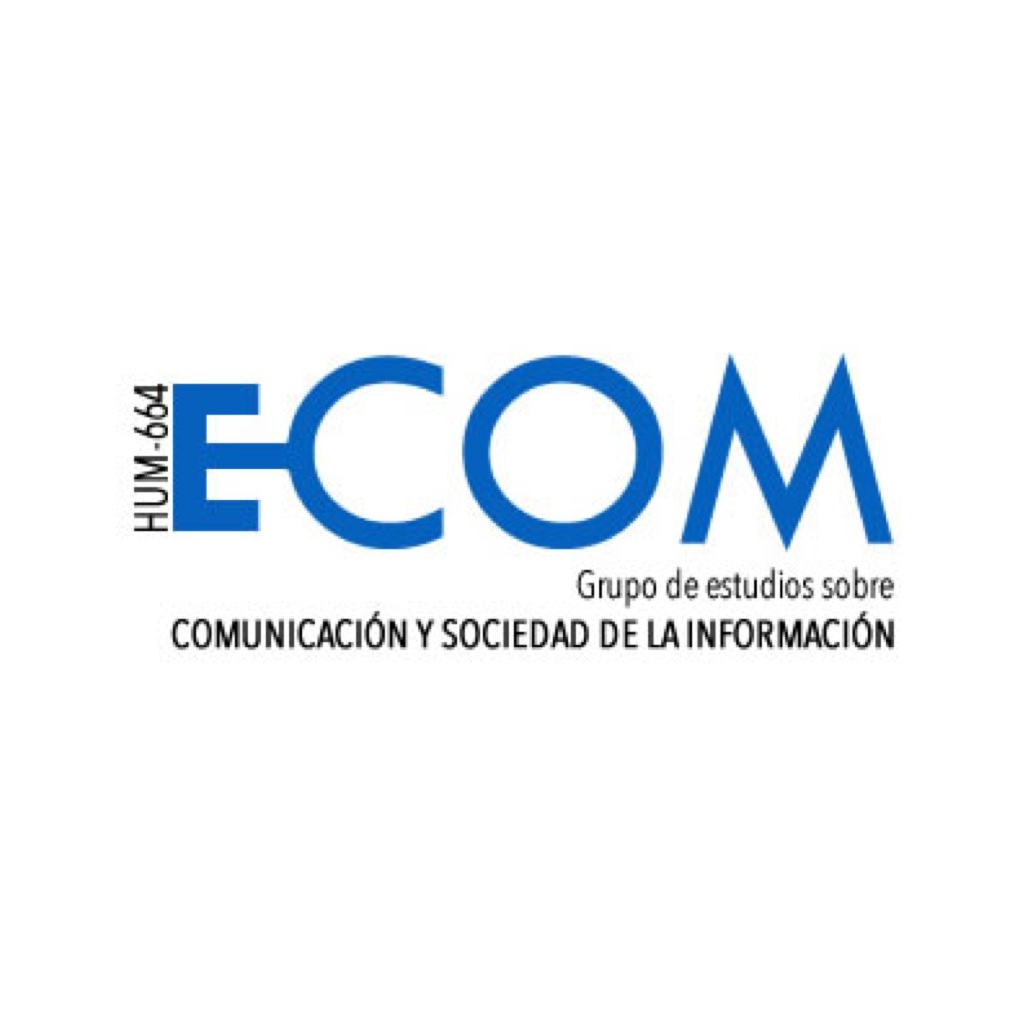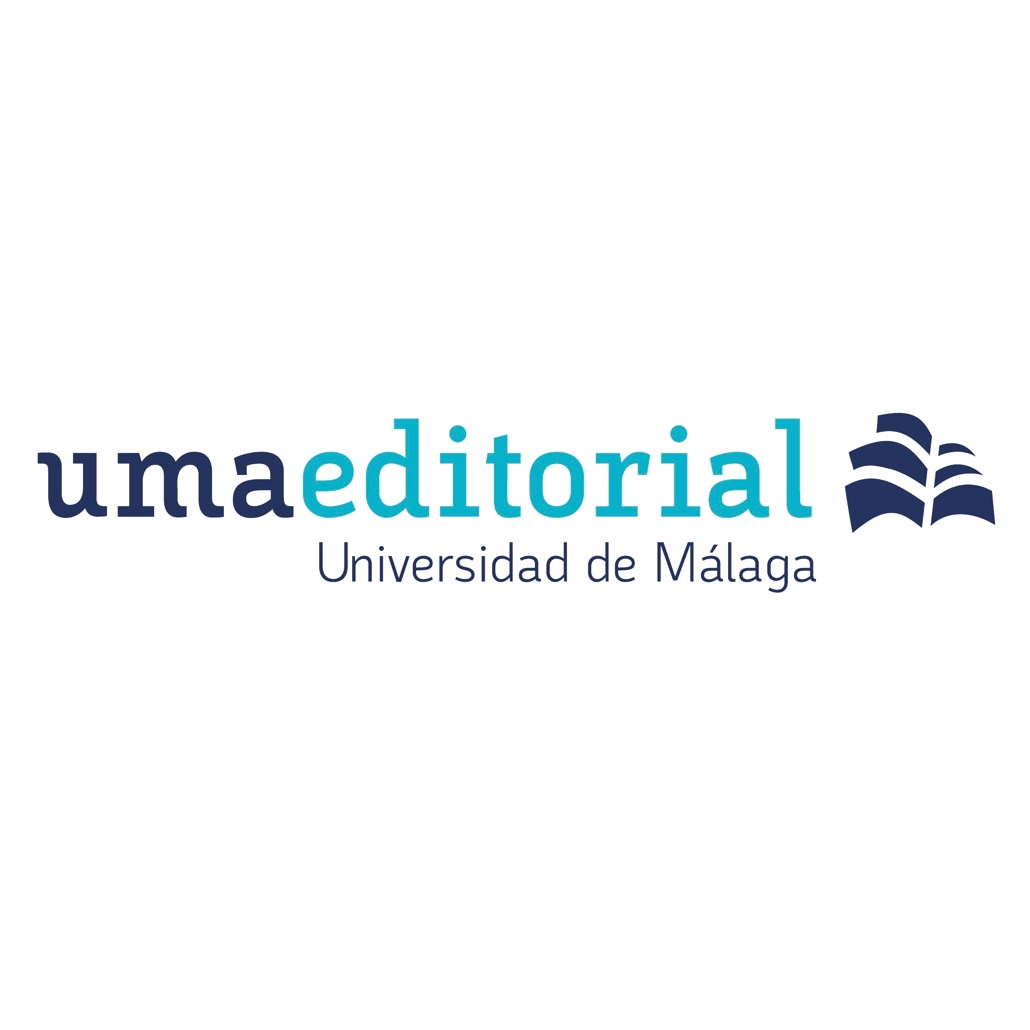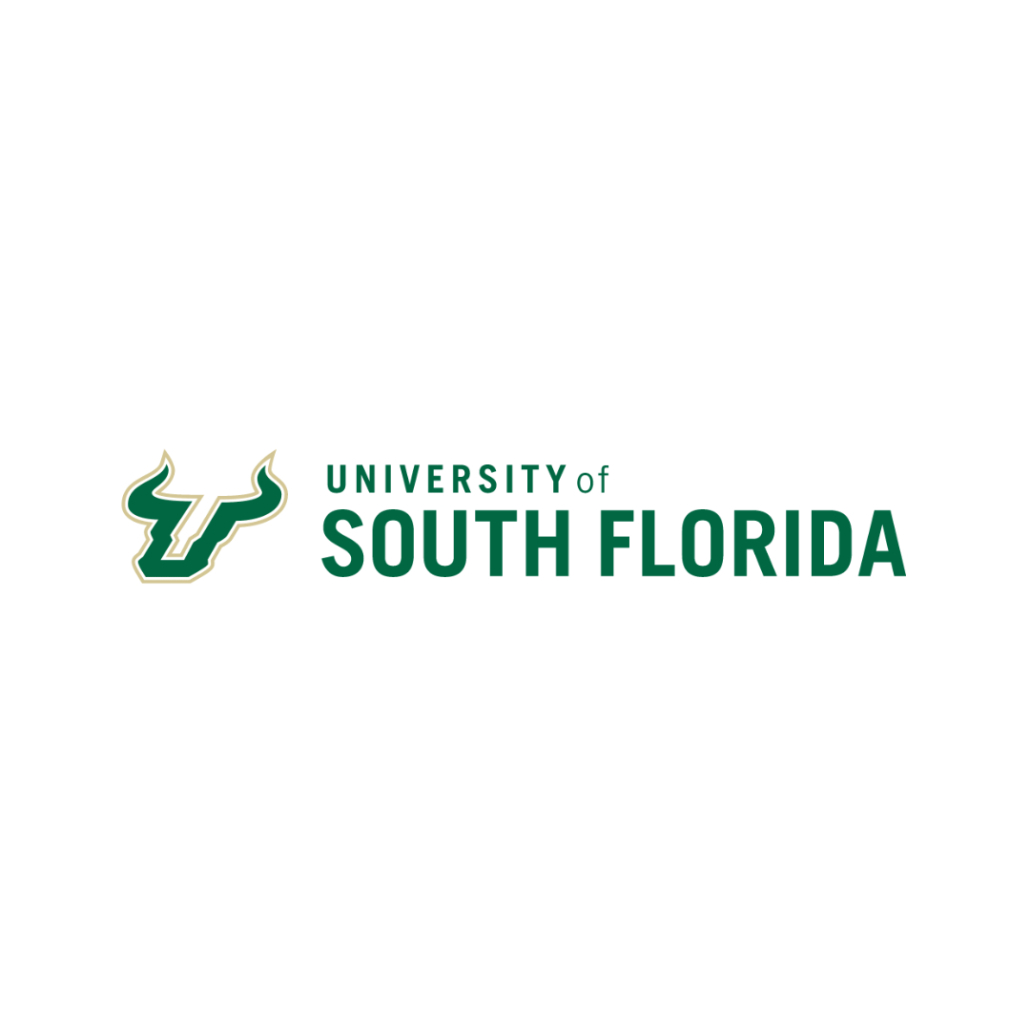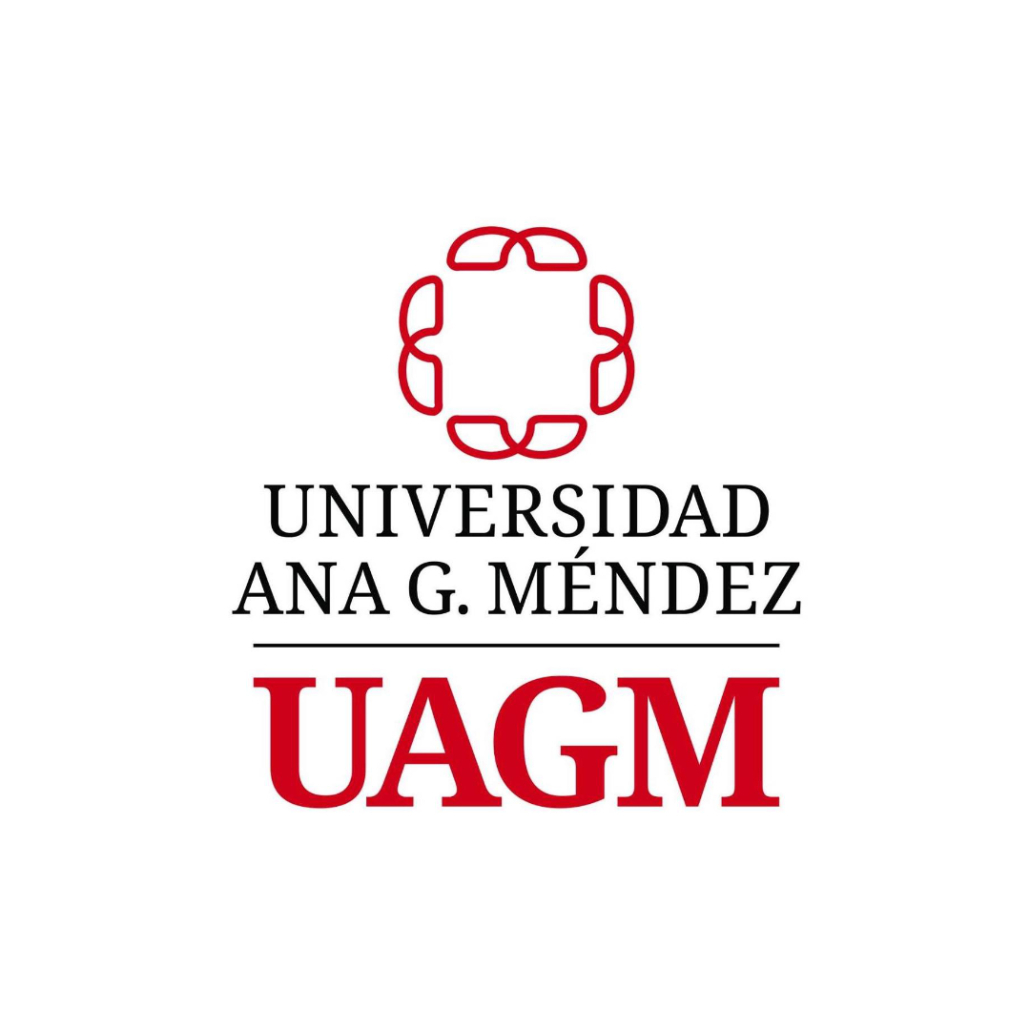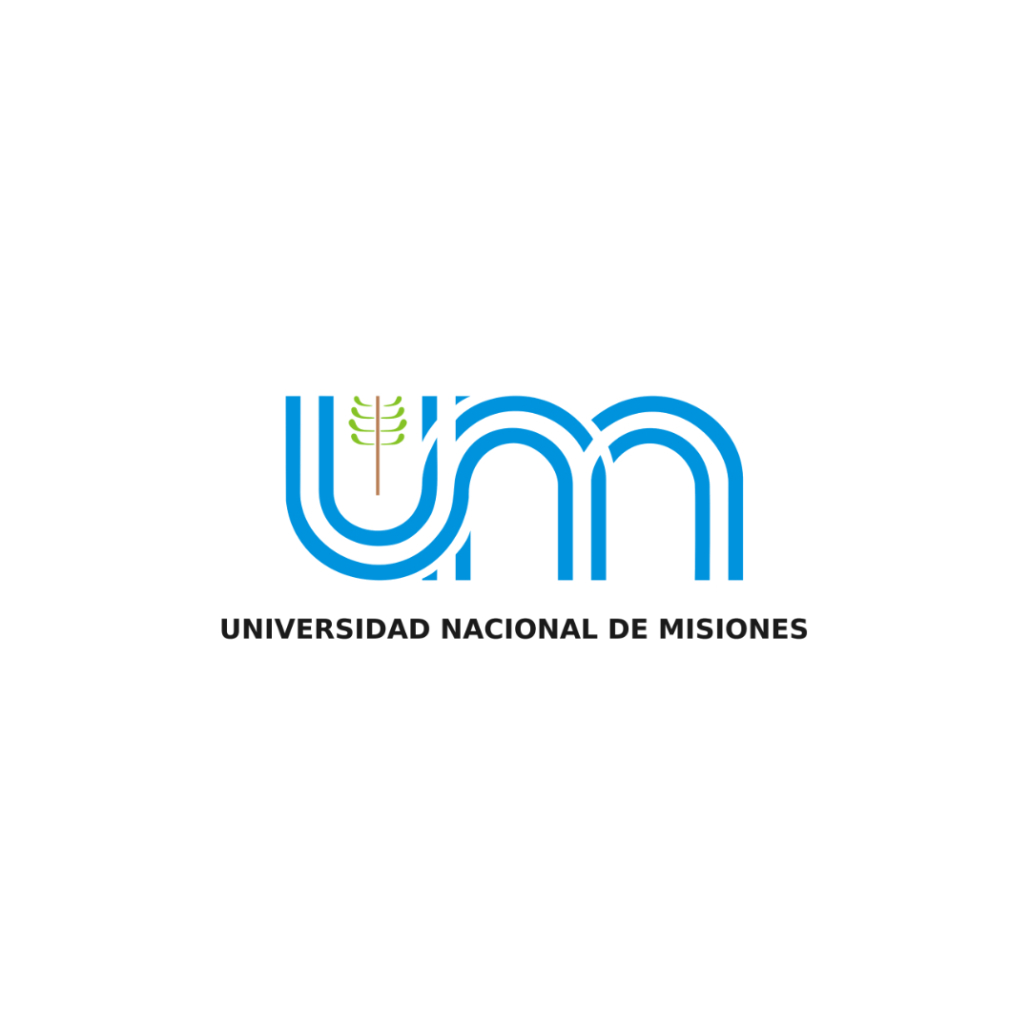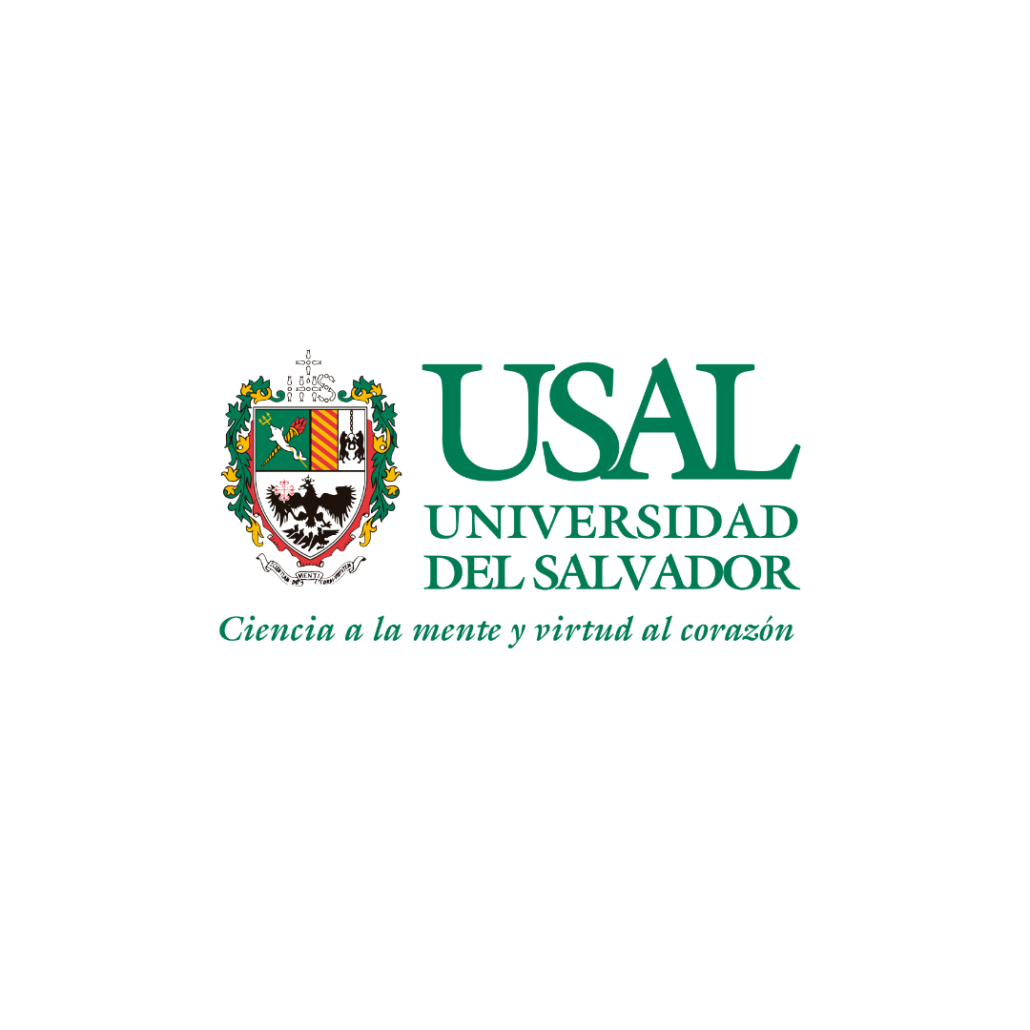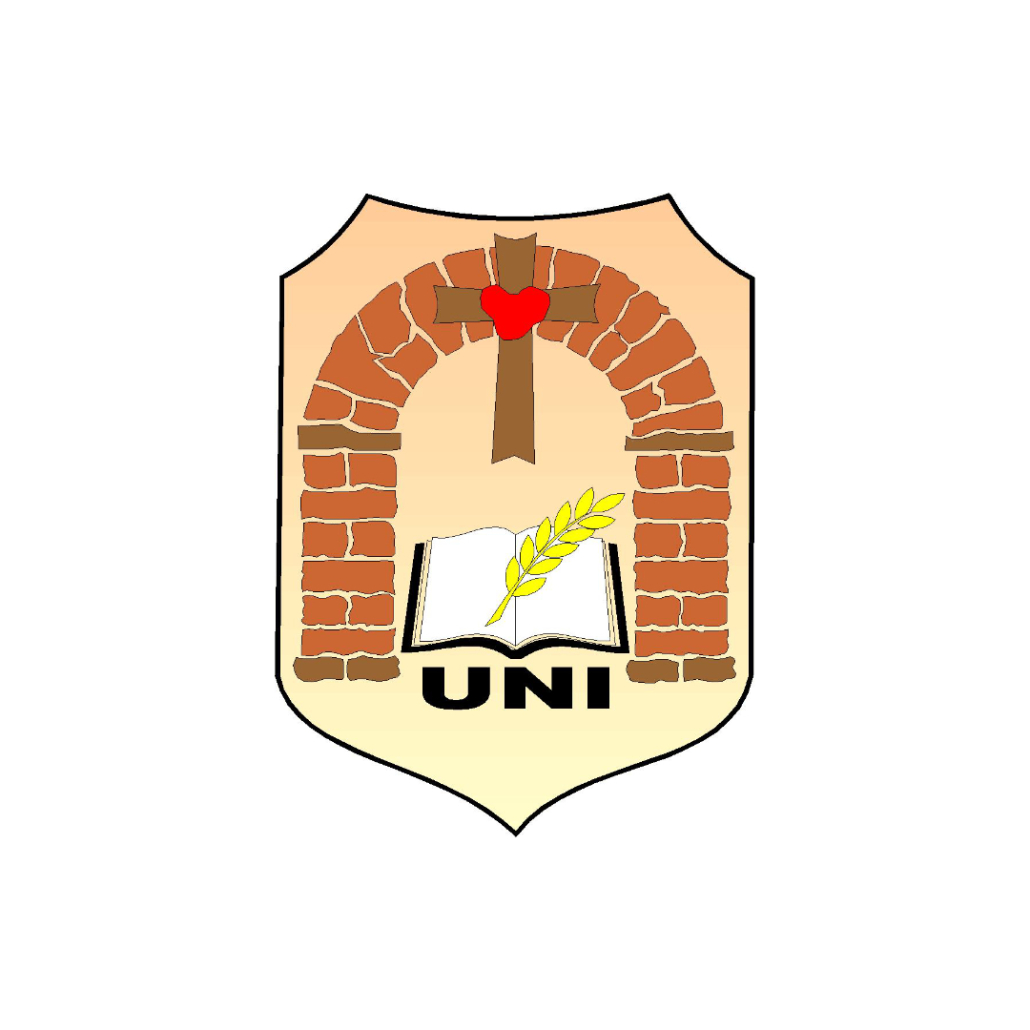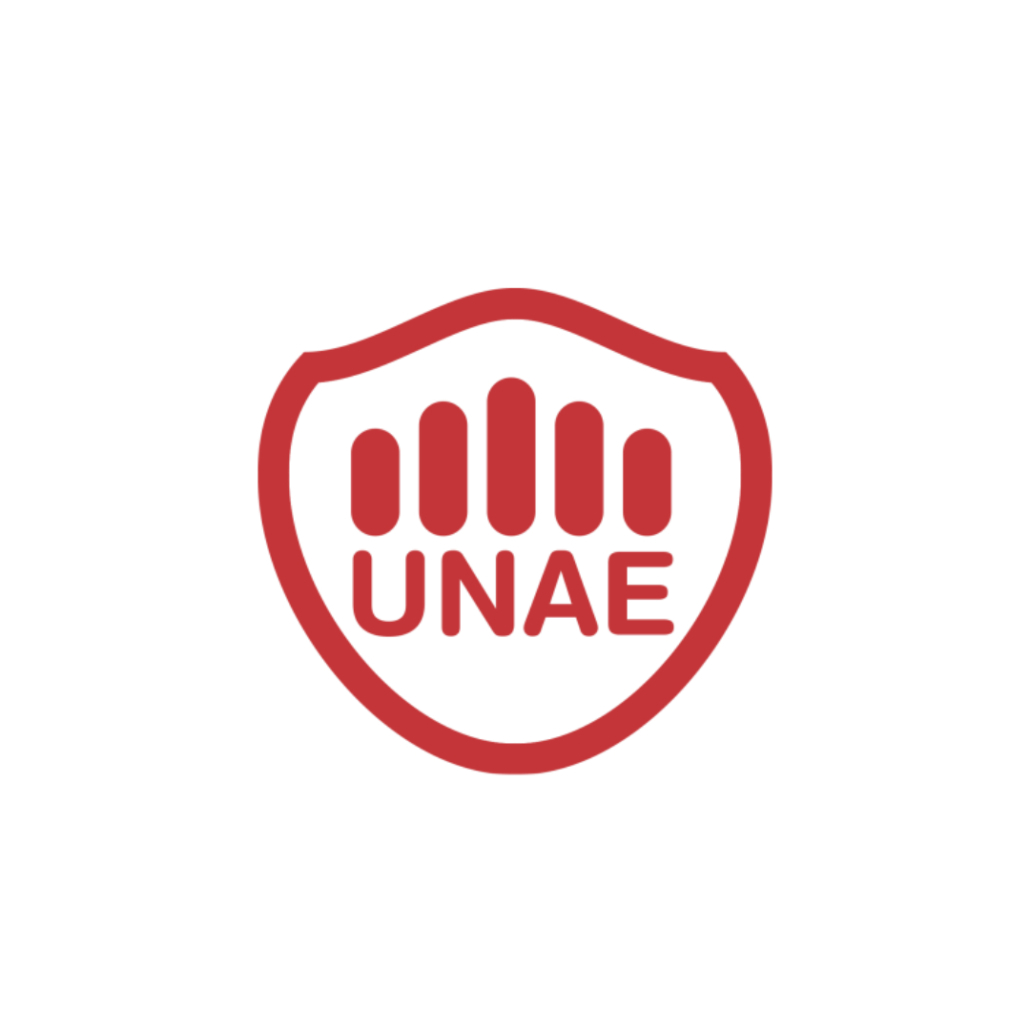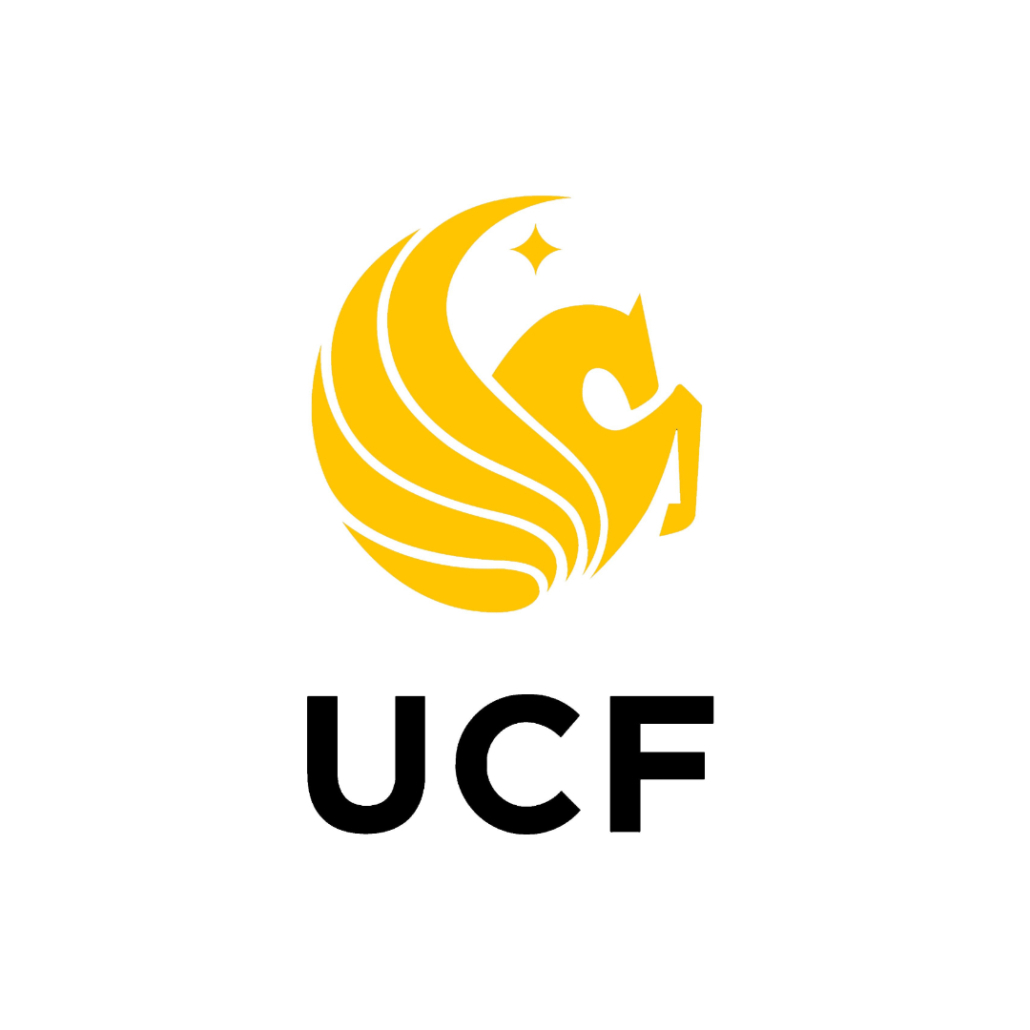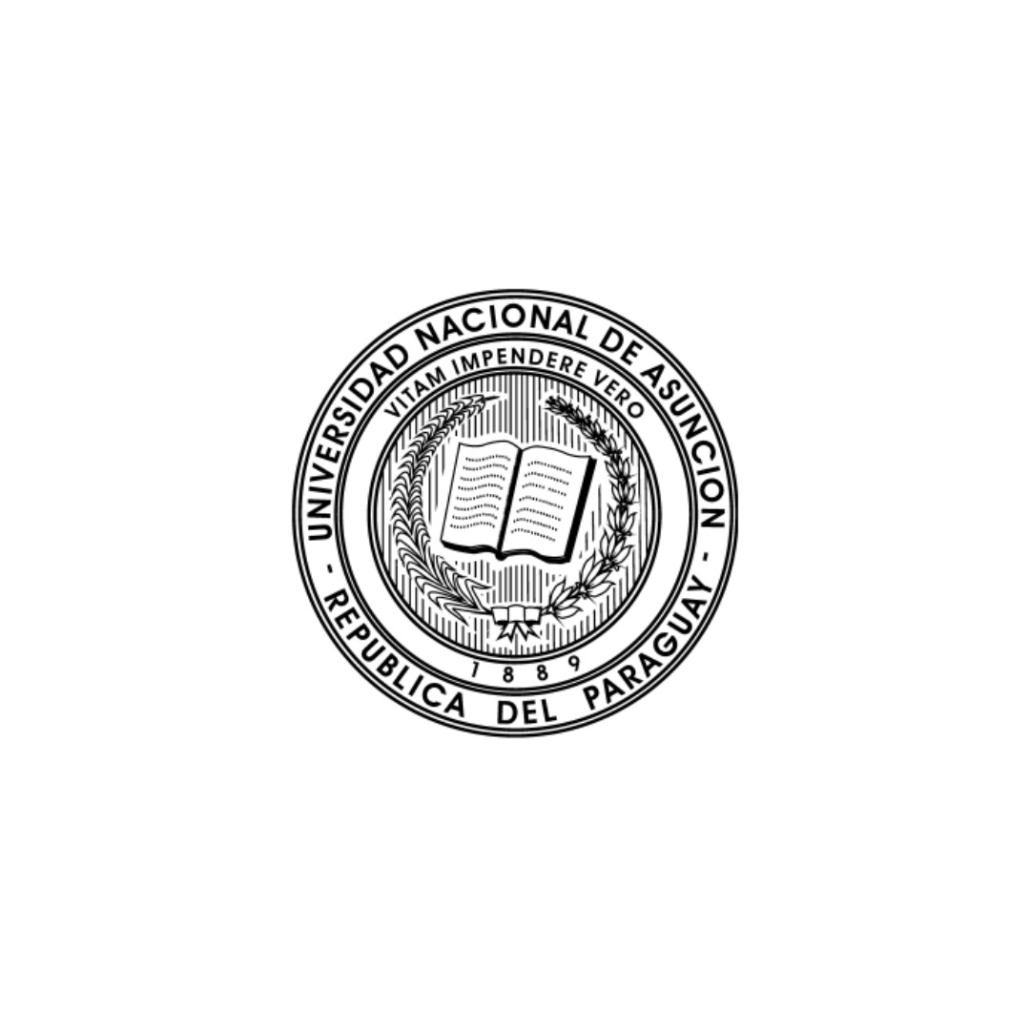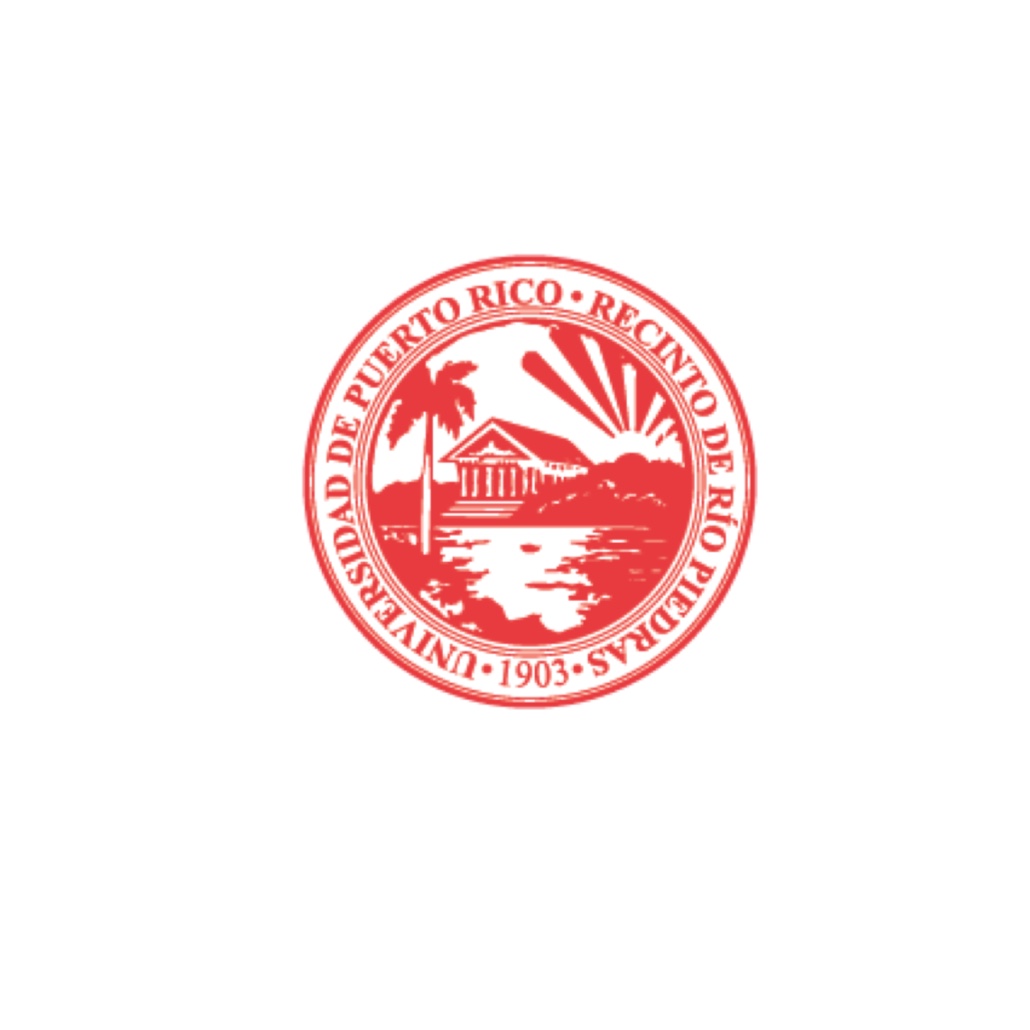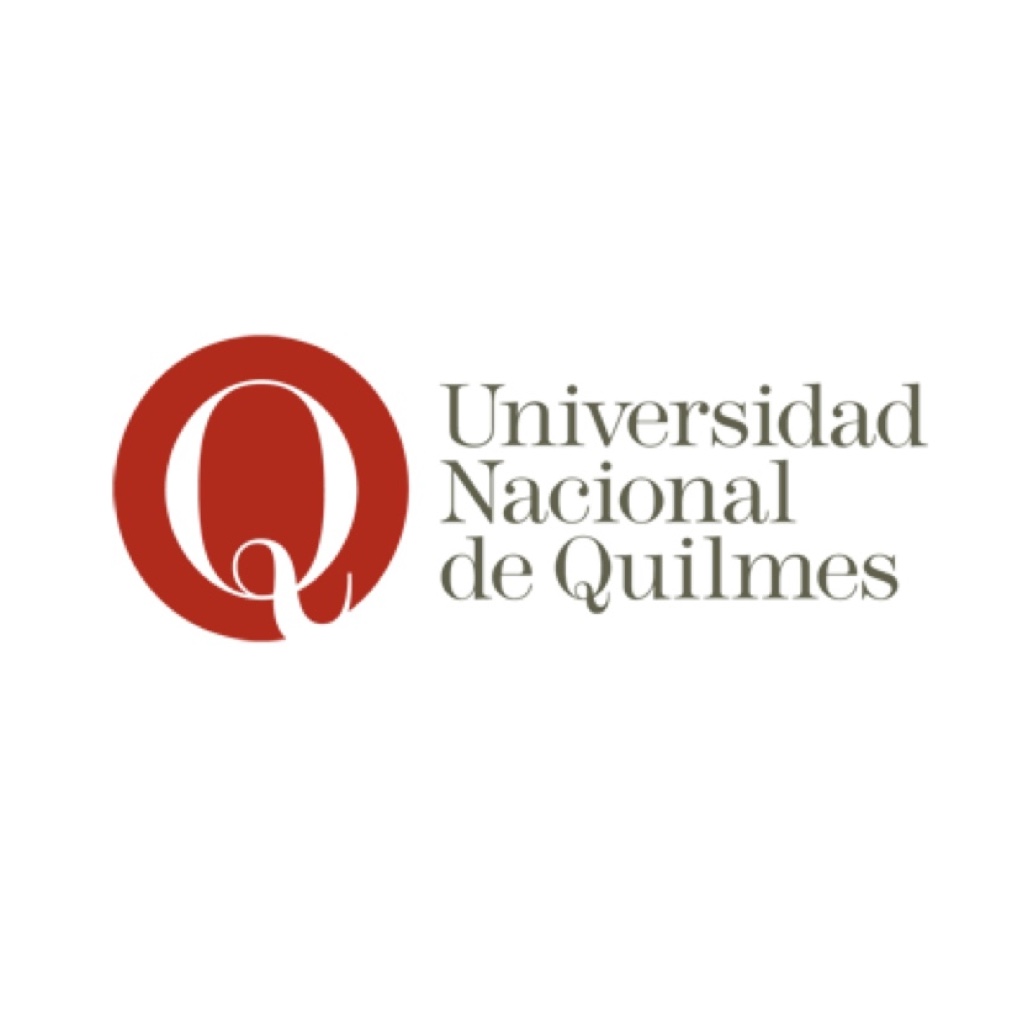Marketing de destinos: el poder del mito femenino para construir sociedades y la personalidad de los destinos turísticos
DOI:
https://doi.org/10.24310/TSN.2022.v7i14.17328Palabras clave:
Mito, destino turístico, Irlanda, recursos endógenos, personalidad de la marcaResumen
Este artículo cubre, por un lado, la importancia que pueden llegar a tener los mitos, en este caso femeninos, como elementos para configurar la personalidad del destino turístico y, por el otro, como recursos endógenos y polos de atracción en los territorios. Para desgranar el tema se analizan tres mitos femeninos irlandeses de diferentes épocas, pero muy populares: Molly Malone, Grace O’Malley y Constance Markievicz. Se ha realizado una encuesta a descendientes de irlandeses para poder determinar elementos de humanización, empatía, legado e interés en los mitos femeninos. Finalmente, el artículo cierra con los resultados obtenidos. Estos permiten construir unas directrices comunes, para que los gestores de marketing de los destinos turísticos construyan destinos más competitivos. También para cubrir necesidades insatisfechas de los visitantes, como el turismo de mitos o los viajes metempsicóticos.
Descargas
Métricas
Citas
Arrington, L. (2016): Revolutionary Lives: Constance and Casimir Markievicz. Princeton University Press.
Bauer, H. H. (2002): «The Case for the Loch Ness Monster: The Scientific Evidence», en Journal of Scientific Exploration, 16 (2), pp. 225-246.
Chambers, A. (1995): The Pirate Queen of Ireland: Grace O’Malley.
Chang, S. J.; Van Witteloostuijn, A.; y Eden, L. (2010): «From the Editors: Common Method Variance in International Business Research», en Journal of International Business Studies, 41 (2), pp. 178-184, https://doi.org/10.1057/jibs.2009.88
Cook, J. (2004). Pirate Queen: The Life of Grace O’Malley, 1530-1603. Mercier Press Ltd.
Cullen, P., y Murphy, M. P. (2018): «Leading the Debate for the Business Case for Gender Equality, Perilous for Whom?», en Gender, Work & Organization, núm. 25 (2), pp. 110-126, https://doi.org/10.1111/gwao.12199
Eide, M. (2016): «Maeve’s Legacy: Constance Markievicz, Eva Gore-Booth, and the Easter Rising», en Éire-Ireland, 51 (3), pp. 80-103.
Ekinci, Y., y Hosany, S. (2006): «Destination Personality: An Application of Brand Personality to Tourism Destinations», en Journal of Travel Research, 45 (2), pp. 127-139, https://doi.org/10.1177/0047287506291603
Hosany, S.; Ekinci, Y.; y Uysal, M. (2006): «Destination Image and Destination Personality: An Application of Branding Theories to Tourism Places», en Journal of Business Research, 59 (5), pp. 638-642, https://doi.org/10.1016/j.jbusres.2006.01.001
Hosany, S.; Ekinci, Y.; y Uysal, M. (2007): «Destination Image and Destination Personality», en International Journal of Culture, Tourism and Hospitality Research, 1 (1), pp. 62-81, https://doi.org/10.1108/17506180710729619
Hultman, M.; Skarmeas, D.; Oghazi, P.; y Beheshti, H. M. (2015): «Achieving Tourist Loyalty through Destination Personality, Satisfaction, and Identification», en Journal of Business Research, 68 (11), pp. 2227-2231, https://doi.org/10.1016/j.jbusres.2015.06.002
Knox, H. T. (1908): The History of the County of Mayo to the Close of the Sixteenth Century. De Burca Rare Books.
Laing, J. H., y Crouch, G. I. (2009): «Myth, Adventure and Fantasy at the Frontier: Metaphors and Imagery behind an Extraordinary Travel Experience», en International Journal of Tourism Research, 11 (2), pp. 127-141, https://doi.org/10.1002/jtr.716
Leung, R., y Law, R. (2010): «A Review of Personality Research in the Tourism and Hospitality Context», en Journal of Travel & Tourism Marketing, 27 (5), pp. 439-459, https://doi.org/10.1080/10548408.2010.499058
Maguire, C. (1943): «Grace O’Malley: The Queen of the West», en Studies: An Irish Quarterly Review, pp. 225-230.
Maume, P. (2015): «Containing Granuaile: Grace O’Malley in Two Nineteenth-Century Novels», en New Hibernia Review, 19 (1), pp. 98-114, https://doi.org/10.1353/nhr.2015.0013
Moulton, M. (2013): «“You Have Votes and Power”: Women’s Political Engagement with the Irish Question in Britain, 1919-23», en Journal of British Studies, 52 (1), pp. 179-204, https://doi.org/10.1017/jbr.2012.4
Murphy, S. (1992): The Mystery of Molly Malone. Dublín: Divelina Publications.
Murray, T. D. (2005): «Gráinne Mhaol, Pirate Queen of Connacht: Behind the Legend», en History Ireland, pp. 16-20.
Podsakoff, P. M.; MacKenzie, S. B.; Lee, J. Y.; y Podsakoff, N. P. (2003): «Common Method Biases in Behavioral Research: A Critical Review of the Literature and Recommended Remedies», en Journal of Applied Psychology, 88 (5), pp. 879-903, https://doi.org/10.1037/0021-9010.88.5.879
Poulet, C. (2009): «A Life-Giving Song: How Molly Malone Came to Life», en L’Homme, 191 (3), pp. 175-200, https://doi.org/10.4000/lhomme.22232
Razak, N. A. (2012): «Tourism Representation of Malay Myths and Traditional Values in Destination Marketing», en Current Issues in Hospitality and Tourism Research and Innovations, p. 275.
Sjoholm, B. (2004): The Pirate Queen: In Search of Grace O’Malley and Other Legendary Women of the Sea. Seal Press.
Usakli, A., y Baloglu, S. (2011): «Brand Personality of Tourist Destinations: An Application of Self-Congruity Theory», en Tourism Management, 32 (1), pp. 114-127, https://doi.org/10.1016/j.tourman.2010.06.006
Weekes, A. O. (2014): Irish Women Writers: An Uncharted Tradition. University Press of Kentucky.
Wells, W. B., y Marlowe, N. (1917): A History of the Irish Rebellion of 1916. Maunsel.
Woolf, J. (2006): «Not the Girl but the Legend: Mythology, Photography and the Posthumous Cult of Diana», en Life Writing, 3 (1), pp. 103-123, https://doi.org/10.1080/10408340308518307
Publicado
Cómo citar
Número
Sección
Licencia

Esta obra está bajo una licencia internacional Creative Commons Atribución-NoComercial-CompartirIgual 4.0.

